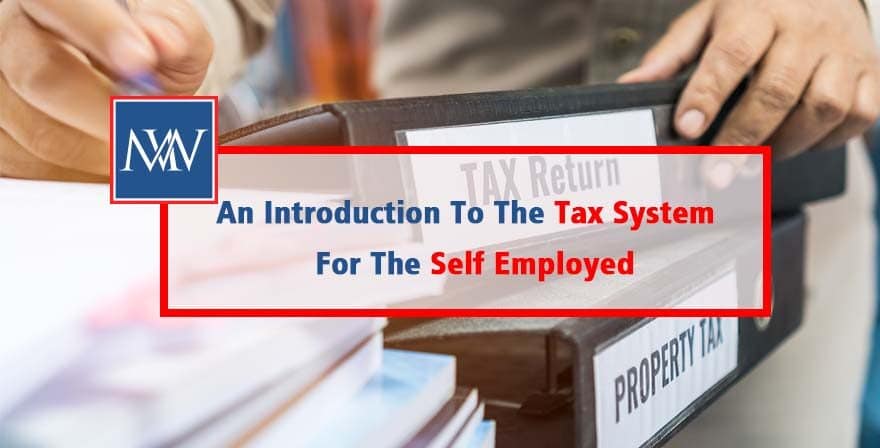
An introduction to the tax system for the self employed
Makesworth Accountants can advise self-employed people in the Harrow area on all aspects of tax system – here is an overview of some of the main things to consider.
Registering with HM Revenue & Customs (HMRC)
If you start working for yourself, you must register with HMRC by 5 October following the end of the tax year in which your self-employment starts. Otherwise, you may be liable to penalty based on the tax due to HMRC.
There are three ways that you can register:
- Online – visit www.gov.uk/log-in-file-self-assessment-tax-return/register-if-youre-self-employed
- Phone – call the Newly Self–Employed Helpline on 0300 200 3500
- Post – download and complete form CWF1 or use the form incorporated in leaflet SE1 (Are you thinking of working for yourself?)
Once you become self-employed, the tax rules are quite different from those that may have applied when you were an employee. Instead of tax (and national insurance) being deducted from your earnings at source, you must be prepared to receive a bill at some time in the future. This can be a nasty shock if you haven’t put enough money aside.
We aim to give you as much warning as possible of the likely timing and amount of tax payments, but it is not easy to do this during the first year of your new business, or if you do not keep your records up-to-date.
What profits do HMRC tax?
The starting point for the calculation of taxable profits is your profit and loss account. In calculating taxable profits you are entitled to claim deductions from your business income in respect of any expenses incurred for the purposes of trade (with a few minor exceptions).
When you buy equipment for your business, you will be entitled to deduct the full cost (up to a maximum of £200,000 per year). For most cars, you can deduct only a proportion of the cost for each year you own them and use them in the business.
If you take stock for your own use, the disposal should be shown in the accounts at market value, and not at original cost. It may be possible to avoid this by arguing that such items never actually formed part of your stock and showing the original purchase as private expenditure (drawings).
Tax is payable on the whole of the profits of a trade, and so payments for your own ‘wages’ (drawings) are not deductible. However, if your spouse works in the business, the wages are an allowable deduction, provided they are actually paid and are a reasonable reward for what is done.
How does HMRC allocate profit to tax years?
The aim of the system is that over the lifetime of your business the profits will be taxed in full, once, and once only. But to make the system fair, there are certain complications you will have to cope with.
The general rule is that the tax for a particular tax year is based on the profits of the twelve months to your accounting date in that tax year. For example, the tax for 2018/19 could be based on accounts for a year ending on various dates ranging from 6 April 2018 to 5 April 2019. This demonstrates that you get more time for the tax to be worked out if your accounts end early in the tax year, which is why 30 April is such a popular year-end for self-employed people.
How is the tax collected?
Tax returns
Tax returns covering income for the year ending 5 April 2018 have to be submitted to HMRC by the ‘filing date’ which is 31 October 2018 for paper returns and 31 January 2019 for online returns. The return will include a self assessment of your liability to income tax and capital gains tax.
There are automatic penalties for late filing of tax returns.
Payment of tax
Payments on account of income tax and Class 4 national insurance contributions (NICs) will be due on 31 January 2018 and 31 July 2018. These interim payments are based on one half of the total liability (less any tax deducted at source) for 2016/17. You will have the right to reduce payments on account if you believe the income tax for 2017-18 will be lower.
The balance of income tax for 2017-18 is due on 31 January 2019 (along with the first payment on account for 2018-19 and any capital gains tax for 2017/18).
Interest and penalties will be levied for late payment.
What about the complications?
Opening years
In the first tax year of your business, the tax payable is based on the profit arising between the starting date and the following 5 April. This is taken as the appropriate fraction of the profit shown in your first set of accounts. Say you start on 1 June 2017 and your first accounts run to 30 June 2018 with a profit of £13,000, then tax will be worked out (to the nearest month) on the profits of the following periods:
2017/181 June 2017 to 5 April 2018 – 10/13 x £13,000 i.e. £10,000
2018/191 July 2017 to 30 June 2018 – 12/13 x £13,000 i.e. £12,000
You can see that the profit from 1 July 2017 to 5 April 2018 (9 months) has been taxed twice. The ‘overlap’ profit of £9,000 will be available for deduction when the business comes to an end, or (at least in part) if you change your accounting date to one nearer 5 April.
Change of accounting date
If you decide to change your accounting date from 30 June 2019 to 31 December 2019, and the accounts for the 18 months ending 31 December 2019 show a profit of £27,000, the taxable profit for 2019/20 will be worked out as follows:
| Profit based on accounts (18 months) | £27,000 |
| Less overlap relief | £6,000 |
| Profit for 2019/20 | £21,000 |
Cessation
If you then cease trading on 31 August 2021, and your final accounts for the eight months ending on that date show a profit of £11,000, the taxable profit for 2021/22 will be:
| Profit since accounting date in previous tax year | £11,000 |
| Less balance of overlap relief not already used | £3,000 |
| Profit for 2021/22 | £8,000 |
What about national insurance?
The self-employed are subject to a two-tier system of national insurance contributions (NICs). Class 2 NICs are at a flat rate of £2.95 per week, if earnings exceed £6,025 per annum.
Payments for self-employed Class 2 NICs are due on 31 January following the end of the tax year.
However Class 2 NICs are due to be abolished from April 2019 and Class 4 NICs will be changed to give the payer rights to pensions and benefits.
Profits between £8,424 and £46,350 are subject to Class 4 NICs at a rate of 9%. Any excess of profit above £46,350 is subject to Class 4 NICs at the rate of 2%, without any upper limit. Class 4 NICs are collected by HMRC and are payable at the same time as the instalments of income tax.
Save for your tax
It is essential that you make proper provision to ensure the availability of funds to pay income tax and Class 4 national insurance. Interest on unpaid tax is chargeable by HMRC and is not deductible from business profits.
Please call us if you would like further help or advice on this matter.
Cash basis for small businesses
In order to try and simplify the calculation of taxable income for small businesses, HMRC introduced an optional alternative system for eligible unincorporated businesses. Such businesses may calculate taxable income figures on a simpler cash basis if this suits the business. They will not have to compile figures of debtors, creditors and stock, or distinguish between ‘capital’ and ‘revenue’ expenditure and will not have to compute capital allowances to arrive at taxable income.
A second measure allows all unincorporated businesses to choose to use flat rate expenses for particular items of business expenditure.
If you are self-employed in the Harrow area and would like advice on tax or any other business issue, contact Makesworth Accountants.
For more information, Book a Free Consultation
Need Accountancy Support?
For information on bespoke training, or if you have any other questions for Makesworth Accountants, please fill in your details below




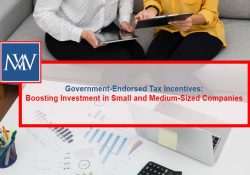
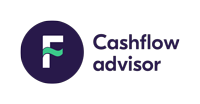
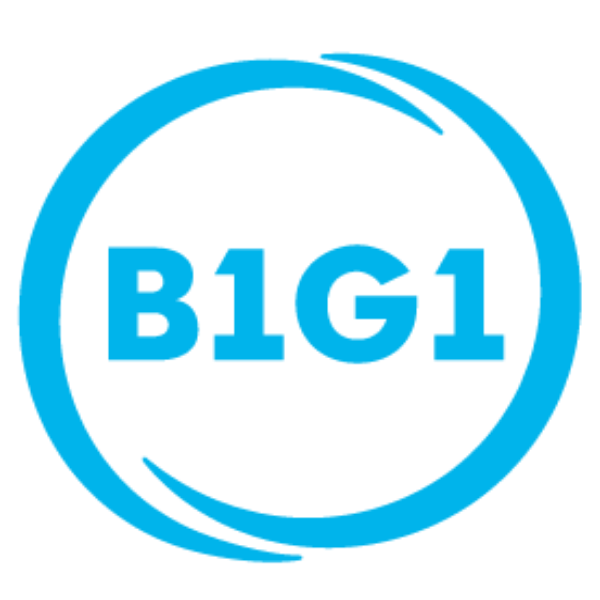

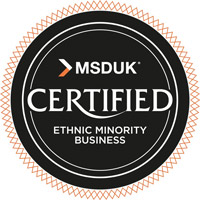
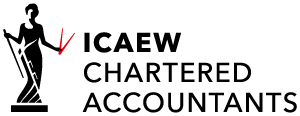

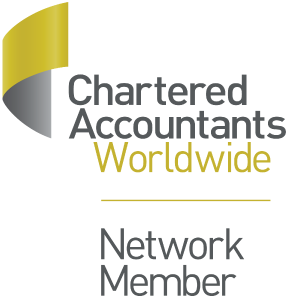
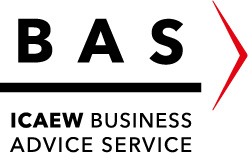



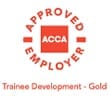

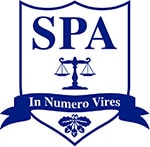

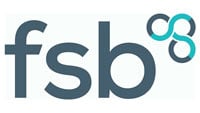

 148
148